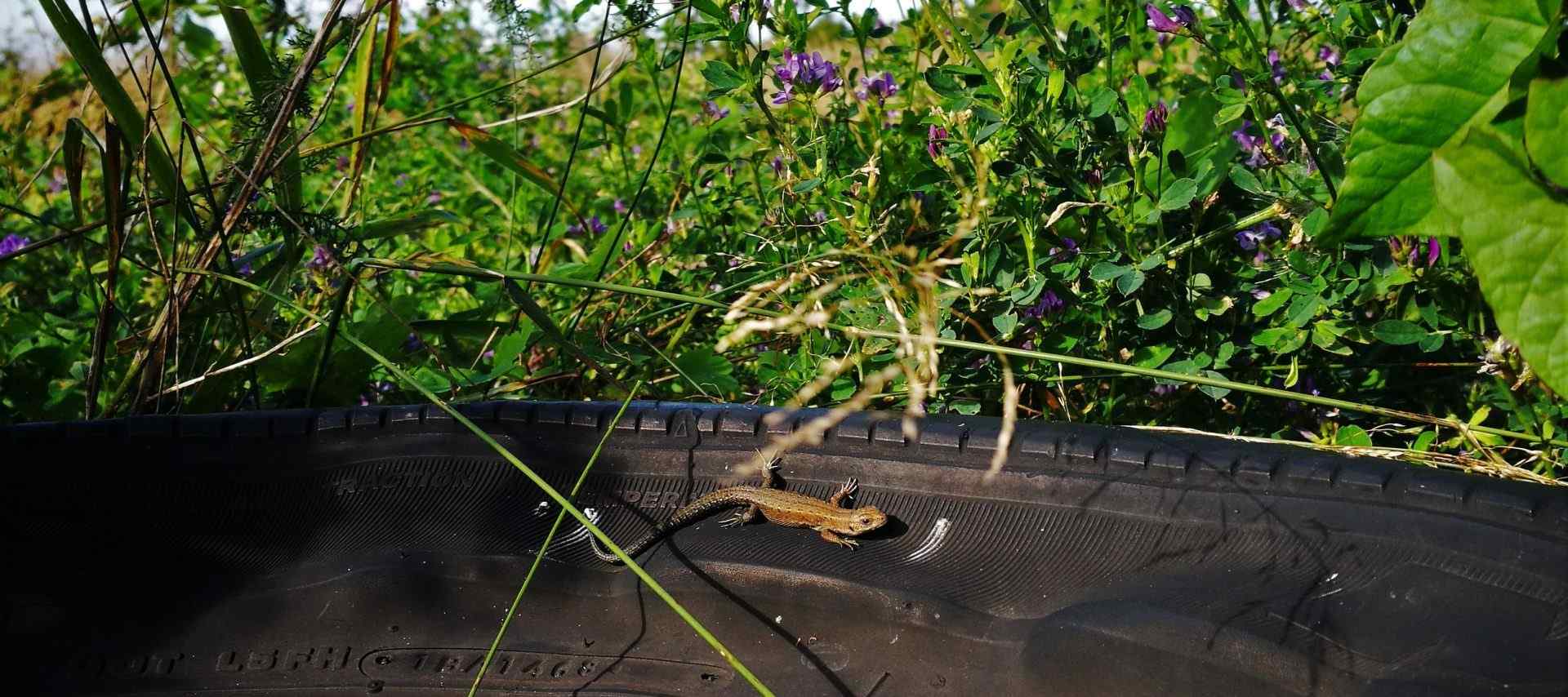This is a glossary of nature which we will continuously update and expand upon. We encourage participation in uncovering or explaining the natural world.
To correct or help expand this glossary, please write to us at info@betterorganix.com or let us know in the comments below.
- Abiotic
Factors that are not directly tied to or derive from biological living organisms, such as sunlight, temperature, precipitation (rain, snow etc.).
- Absolute Humidity (AH)
The total amount of water in the air at present, which we measure in units of weight per volume such as grams of water per cubic meter of air (g/m3)
- Actinorhizal plants
A group of angiosperms (flowering plants) that have the ability to create symbiotic relations with nitrogen fixing actinobacteria Frankia, which form nitrogen fixing root nodules in association with the host plant.
- Agroforestry
An umbrella term for any agricultural system that relies trees as a main component. Ideally the main focus of agroforestry is on preserving and enhancing the productivity of land by maximizing the use of sunlight (trees, shrubs, edible plants) and planting many species which are known for inter-plant relations and nutrient sharing. The contrast is a traditional orchard or plantation.
- Boundary Layer
A variable thin layer of still air, around the surface of the leaf. The plant changes the thickness of any boundary layer in various structural ways; hairy leaves, leaf growth and sunken stomata all slow transpiration as they increase the boundary layer, for example. As the leaf grows, so does the boundary layer reducing transpiration rates.
- Biota
Flora and fauna that inhabits the same area in a particular time.
- Biome
Major habitats of large naturally occuring communities of flora and fauna. There are many sub-classifications and inter-biome areas, but the six largest are:
- Desert
- Grassland
- Rain Forest
- Deciduous Forest
- Taiga
- Tundra
- Biodiversity
Biological diversity can be measured on different levels. On a global scale, it means all living beings who as a result of long and complex evolutionary processes have naturally evolved to adapt to their biotic and abiotic environment (biological and non-biological conditions).
On a local scale – Animals and plants that naturally inhabit the same biota and abiota. Biological diversity (biodiversity) can be assessed at different levels, from individual variability to that of the ecosystem, denoted by Greek letters.
- Companion Plants
The study of plants more widely allows us to make a more informed choice regarding where and what to plant. We can literally boost the performance of our chosen crops by simply planting a companion. This is not a new idea. Indeed, it is known, that indigenous South Americans have planted at least three diverse partner plants per seed hole, well before the reign of the Inca people (who date back to 1438–1533).
The choice of plants chosen shows a level of understanding so intricate as to be quite mind blowing in light of the possible access to written data and science available at the time, and this really highlights how far backwards we have gone with monoculture farming.
Many of us have lost the art of companion planting. A simple philosophy grounded in the skilful stewardship of the land and nature, that allows a per acre yield that would simply embarrass modern harvest capacity.
Just think three plants per hole across an acre. Using both lateral and vertical planes to produce, taking advantage of cross plant function, e.g. the ability for legumes to fix Nitrogen and climb the structure of a vertical corn crop, itself mulched by cosmos or marigolds to reduce pests and maintain soil hydration, and preventing erosion.
There are some awesome pairings. Even sequence plants, so using say lettuce, chard or spinach early where you might plant squash or melons later. Preventing weeds moving in and getting two crops not one.
Of course, there are plants we should not mix and so it is best to seek advice when considering how best to plant your space. For example, never put Garlic or onions near beans, do not mix dill with tomato or carrots 😉 and Fennel seems not to like other plants period.
The use of coloured mulch (that reflects plant-specific wavelengths) to trick plant phytochromes (colour sensing proteins) into thinking there are rival plants around so that they would tell the plant to focus more effort into fruit production(which would increase their chance of being consumed by wild animals and their seeds spreading).
Read more about Colour Assisted Growing on our post about increasing the size and sweetness of strawberries by growing with red mulch.
- Cuticle
The variable, waxy layer, that protects a plant against excessive transpiration. As it acts as a barrier to water movement exiting the leaf – the thicker the cuticle the slower the transpiration. Environmental conditions affect the thickness of the cuticle layer, the hotter the climate, the thicker the cuticle layer.
- Trophic Levels
The word trophic comes from the Greek word trophē (τροφή) and refers to either ‘food’ or ‘feeding’. The trophic levels are primary categories of a food chain, such as the soil food web and represent a succession of organisms that feed on other organisms and are in turn, fed upon. A nutritional loop.
The trophic level of an organism represents its measure of levels from the start of the chain:
- The first trophic level being the plants and organic matter, the primary energy accumulators and producers
- The second trophic level is more the domain of herbivores like fungi and bacteria
- The third level is for those who feed on roots, fungi, bacteria, for example, predatory nematodes and shredder arthropods
- The fourth level is for carnivores like predatory arthropods and nematodes
- The fifth level and higher is for apex predatory animals and finally us
We as the apex predator have inherited the highest responsibility of all, since the eyes of the natural world now rest on us, awaiting doom or salvation.
If we are to prosper reach the hurdles ahead, we must first address all of our actions that negatively influence the smallest, most sensitive, but also most important trophic levels, the ones that generate, recycle and feed all the other levels. The very life of soil we grow in and come from. We must restore the biodiversity that binds it before it blows away with the wind and leaves but dirt in our path.
The path along the nutrient cycle can form either a broken one-way flow, where nutrients are sucked out from the lower levels (over forestry, monoculture growing, tillage etc) without being allowed to re-enter and be re-captured by the lower levels, by use of pesticides, herbicides and fungicides. Thus they degrade and wash away into lower, plant unreachable levels.
OR as with the BOX plant & soil care system, which lays a foundation for a soil food web where we see a constant recycling of life through complex, evolutionary and natural multidirectional interactions across trophic levels in soils.
They are designed in a way for us to position our plants and us as the key benefactors, one of the key objectives being maintaining a healthy ratio of organisms across trophic levels. Our system and products work towards restoring and encouraging the return of natural balance.
- Temperature
As each plant has it’s own evolutionarily accustomed range of temperature for living, breathing and transpiring it is crucial to understand that temperature is a massive influence on the driving force of water movement out of the plant and nutrients into the plant.
As different temperature air can hold a different amount of moisture, we must have two ways of showing moisture content in the air:
- Relative Humidity (RH)
RH refers to both moisture content and temperature. A measurement relating to the percentage of the water vapour in the air compared to the total water vapour potential that the air could hold at any given temperature.
In other words, it is the % of water present in the air at a given temperature, a ratio of the amount of atmospheric moisture present, relative to the amount that would be present if the air were saturated
Therefore, when we say there is a relative humidity of 50% – we mean, “At this specific temperature, the air is carrying half the potential water vapour possible.”
Example – If the relative humidity was 50% at 16C, and the air was to rapidly warm up to 20C, the relative humidity would drop, because the amount of moisture currently present would not change, but the ability of the air to hold water would increase as hot air fits more water than cold air.
VPD is a measure of the drying power of your air, which comprises of air temperature, leaf temperature and relative humidity. It is essentially the difference between the amount of moisture in the air, versus the total amount the air can hold. With the VPD metric you can more easily evaluate and mitigate threats of crop diseases, better adjust your watering or irrigation and fine-tune your nutrient concentration for all stages of growth.
To understand the technicalities of VPD more thoroughly we suggest reading our post about VPD.
- Transpiration
The evaporation of water from the undersurface of the leaf cells. This water is replaced by simultaneously by absorbing water from the root hairs in the soil, leading to a continuous column of water via the plants’ xylem.
- Phloem
The secondary vascular system (adjacent to the Xylem) of a plant which transports carbohydrates and amino-acids produced in the leaves to cells in the roots and stems where they are used as building blocks for cells or stored as energy.
- Stomata
The pores in the leaf that open and close on the underside of the leaf, regulating gaseous exchange; as water vapour leaves cooling the plant, so CO2 enters, kickstarting photosynthesis when daylight appears. Open stomata mean transpiration rates increase; closed, then rates decrease. Stomata respond promptly to environmental cues in order to protect the plant from losing too much water whilst allowing enough CO2 to power photosynthesis. Plants can reduce water loss in various ways, closing stomata; developing thick cuticles; growing hairy leaves & increasing the boundary layer.
- Plant Parameters
The means which the plant uses to control the rates of transpiration. Forms of resistance to water movement, the cuticle for example.
- Environmental condition
All environmental conditions that affect the plants’ ability to move water through itself by altering its’ ability to control water movement/loss. For example opening/closing stomata and growing a boundary layer or cuticle.
- Light
Light is the main energy source for our planet and its natural solar cells, our plants, who use light to regulate their breathing, transpiration and energy production.
The openings on the underside of the leaf known as plant stomata open in the lowest level of light, kick-starting the process of photosynthesis & the exchange of gases within the plant.
- Wind
Movement of air affects many things in the natural world.
- It erodes and displaces nutrients, soil and any matter throughout its movement.
- It helps plants spread their seeds and pollen
- It helps plants to grow stronger and wider (when a plant bends, micro-fracturing happens on the on the surface and the plant fills the fractures with lignin)
- It oxidises water and prevents stagnation of large waterbodies (storms, hurricanes)
- Some air movement is necessary to aid in plant transpiration – change in wind speed changes the rate of transpiration by disturbing the boundary layer around the leaf. The rate of transpiration grows with air movement.
- Xylem
The main vascular tissue of any plant that transports water and nutrients from the root hairs to the stem and leaves.

